How my grandparents spoke through the light
Darkness was the enemy of the deaf grandparents of Jessica Kirkness. To communicate, they relied on visual cues, and being able to see everything going on around them.
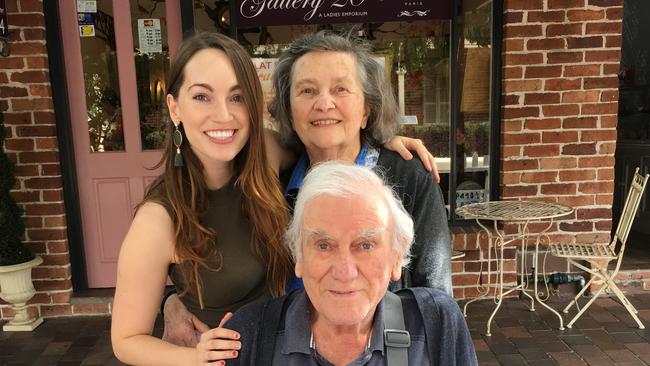
At the front of my grandparents’ house, on a panel of wood beside the door, is a Mountcastle Silent Bell. It’s a visual doorbell system designed for members of the deaf community. Connected to the main fuse box, it uses light to alert them to a caller at the door.
As children, my cousins, siblings and I would clamber from the car and race to the doorstep to press that button. It wasn’t enough to press it once either. We would press that thing over and over until we heard the scuff of Nanny’s slippers approaching.
Though no audible tune or chime is produced when pressed, there is a kind of musical quality to the mechanics of the thing — a rhythmic clicking sound upon each depression of the little white button. We all knew who was at the door based on the number of times the lights would flicker.
If it was a single flash, it was a stranger; two or three sensible flashes, evenly spaced, and it was Mum or Aunty Ruth. If it was Uncle Ray, the lights would blink incessantly, a little gimmick that us kids found hilarious.
Nanny and Grandpa brought the bell with them when they moved from England. It was such a treasured possession that they carried it in their suitcases so it could be installed as soon as they arrived. In all their homes, both in the UK and Australia, they had electricians fit it to ensure that every room in the house was connected. Even the lights in the toilet were linked up to the system.
One of my favourite jobs as a child was to “turn the lights over”, which meant marching to the front entranceway to flick a switch on a white box affixed to the wall. The phrase was my grandparents’ way of referring to the day and night settings on the bell. Moving the lever to activate the day function would mean the electrical current could trigger the lights even when they weren’t in use, and the night setting worked to save power (and ensure a good night’s sleep) by operating only in the rooms where the lights were on. For years I watched my grandmother turn the switch. It was a crucial part of her daily routine, marking the beginning of each new day and the winding down of the evenings.
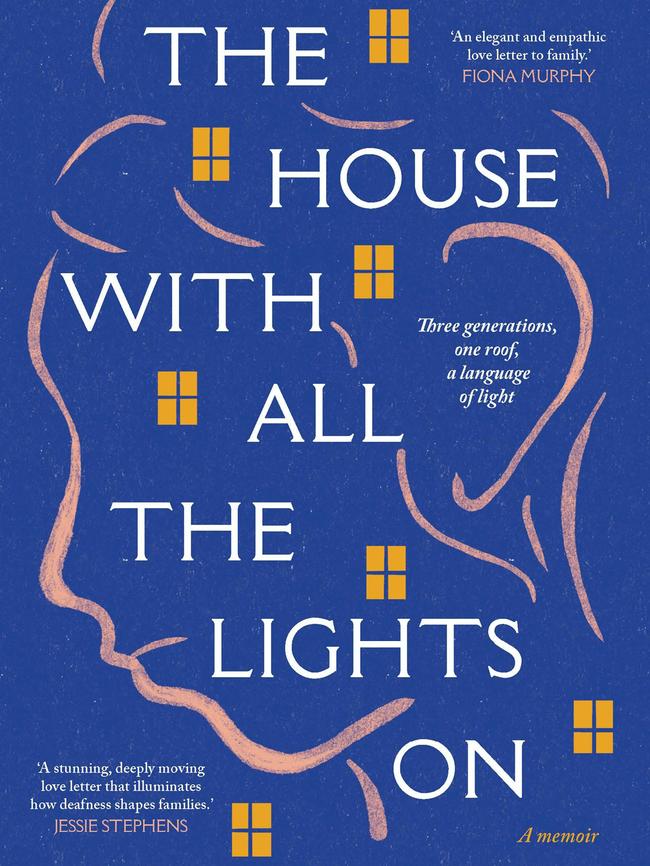

The bell was one of many assistive “deaf-friendly” technologies my grandparents used daily. Their house was full of gadgets. Next to Nanny’s bed was an alarm clock with a globe attached on top. It worked just the same as a regular alarm, only it made no sound, and the globe would illuminate when it was time to wake up.
For reasons I could never quite discern, their house was full of clocks. They were always the analog variety and were hung on the walls of every room: the kitchen, the lounge room, and both bedrooms.
There were four in the spare room, all in different shapes and sizes. Nanny had them propped on each bedside table and on the dresser beside the mirror. On nights I slept over, I’d collect them all and shove them in a drawer to stifle the constant, syncopated ticking. When my grandmother would come to wake me in the mornings, she’d quiz me over their disappearance, marvelling at the fact that they made such a racket.
Along with the clocks was a bevy of table lamps that sat among Nanny’s angel figurines and blue and white china. They lived on top of the bookshelves and TV cabinet. Between Nanny and Grandpa’s armchairs was a standard lamp with a wrought-iron base and a lampshade with a tasselled edge. It was my grandmother’s favourite and always the first to be switched on at night. Of an evening the place was incandescent, washed in such a glow that the rooms felt warmed by a couple of degrees.
I lived in a dual-occupancy home beside Nanny and Grandpa for most of my life. In our street, our house was known as “the house with the dog in the window” because of Turbo’s favourite perch on top of the couch, looking out to the road. But to me, it was the house with all the lights on.
The doorbell and the alarm clocks may not have made a noise, but my grandparents’ home was otherwise a noisy place. Pots and pans were often clanged and banged, and I could always track Nanny and Grandpa’s movements by listening for the sounds they made: the rattle of my grandfather’s breath when he was concentrating on something; the whistle and sigh of the kettle as Nanny prepared tea in the kitchen; the clinking of cutlery taken from the drawer; the staccato beeps of the fridge when Nanny had left the door ajar.
Noises were a frequent topic of conversation. Nanny would see Turbo’s ears prick up and ask what was afoot. Sometimes it was a possum clanging on the roof, or a cockatoo squawking outside the window. “What do they sound like?” my grandmother would ask, and I’d fumble to put it into words.
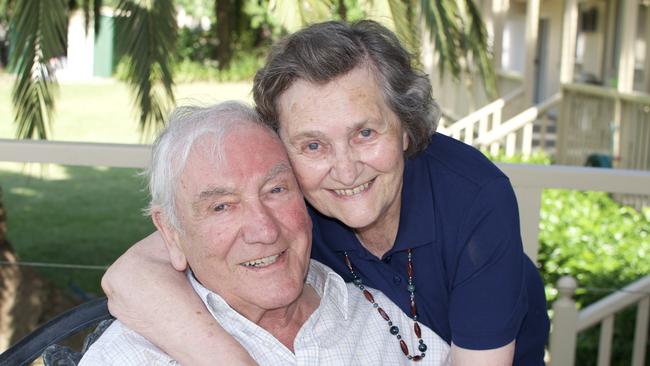
Planes would fly overhead, and Grandpa would remind me that once, years after he went deaf, he’d heard the roar of an engine. He couldn’t be sure, and there was a chance it was just vibration, but the sound had registered in his ears.
Grandpa would comment too on our use of Discmans, iPods and iPhones, shaking his head as screens got smaller and headphones became wireless. In the later years of their lives, Nanny and Grandpa were spurred on by their Gen Y grandchildren to purchase handheld devices of their own. When we bought them iPads, Grandpa spent hours trawling through Wikipedia and the online version of The Express and Star — the local paper from the West Midlands, where he had lived in England.
When I moved out of the family home, I taught Nanny and Grandpa to use FaceTime so we could stay in regular contact.
FaceTime, Skype and Messenger are all widely used in the deaf community, and deaf users were early adopters of these platforms.
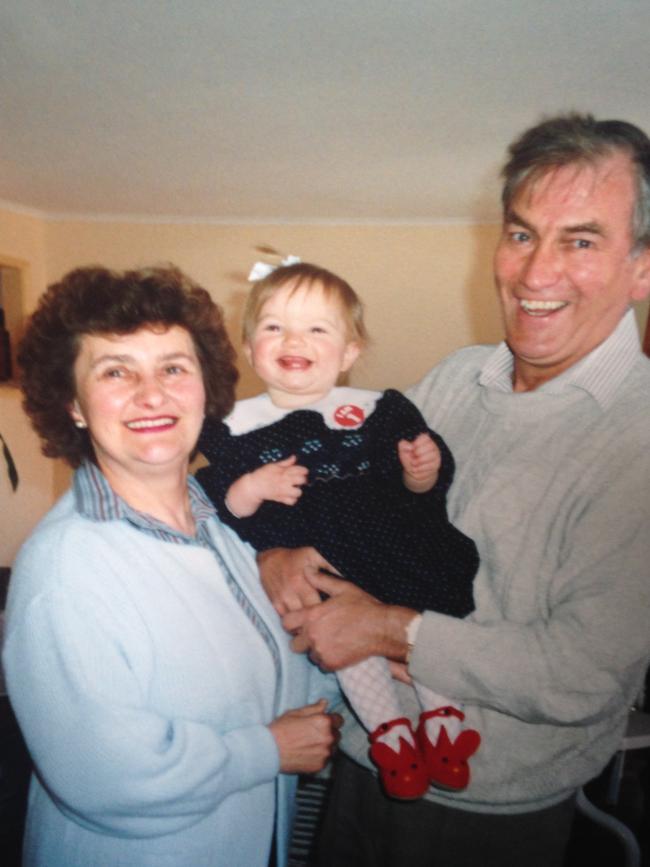
Gill Valentine and Tracey Skelton have written about the ways these technologies have become an “umbilical cord to the world” for the deaf. The video-call function has meant that real-time conversations can now take place in sign language, anywhere, anytime.
I looked forward to our FaceTime sessions almost as much as our visits in person. Nanny would set up the iPad on her little drinks trolley and wheel it in front of the lounge. Each time, my grandparents’ faces appeared to me in a familiar frame — their heads suspended beneath a pair of my grandmother’s cross-stitched pictures on the wall.
Though they alternated between speaking and signing to me at home, our conversations online took place entirely in Auslan. It was a space they deemed safe and appropriate for sign. Perhaps they reasoned that a visual platform called for visual communication, the glimmering screen the medium for our exchanges.
Author Gerald Shea writes about the relationship between light and sign language, referring to the latter as the “language of light”.
“The discourse of the Deaf,” he tells us, “is not, as is the case of spoken languages, configured by the tongue and other organs of speech arranging molecules in the air, but by the motion of hands and other gestures that are transmitted by light to the eyes of their interlocutors.”
The deaf have long used light to innovate and adapt. In the 19th century, before Australian homes were wired for electricity, groups of deaf people would gather beneath lampposts of an evening to converse using sign. They’d huddle together, even in the freezing cold, to continue socialising into the night. This practice, which took place in streets throughout the country, is said to have led to the formation of deaf organisations and clubs. As a child, I often marvelled at my grandparents’ sensitivity to light.
On nights I slept in the spare room, the glow from my reading lamp would creep beneath my door and wake my grandmother.
I tried reading under the sheets with a torch.
This didn’t work. Nanny would soon appear at my door and tell me to go to sleep.
Even now, heavy curtains adorn the windows of Nanny’s bedroom.
The family home sits on a road with no streetlights, and still, the headlights of an occasional passing car can rouse her. For Nanny, there are no escape routes, even when her eyes are closed.
Darkness too, had a different weight and meaning for my grandparents. It meant the end of dialogues. There were no whispered words with the lights off before sleep.
Blackouts, especially if there were few candles, were also a nuisance that resulted in early nights. Though Nanny insisted upon darkness while sleeping, there were times it also terrified her. It was a primal and inexorable fear.
Without the light, her way of understanding the world disappeared. My grandparents slept each night with a torch at their bedside. Equally, Nanny liked to see into each room in the house, and hated doors being closed. Us kids used to argue with her about it, disobeying her instructions and eventually bellyaching about privacy. For a time, we were in the habit of playing sock-wrestling matches in the spare room, shutting the door to prevent her catching us in action.
Sometimes she’d barge in, saying: “Please, don’t close this door.”
Before I was born, my parents took Nanny and Grandpa to visit an underground mine in Silverton, just outside Broken Hill. It was a holiday my parents have recounted a few times, telling how they decided to take a tour of the disused shafts and tunnels.
As the four of them entered the narrowness of the pitch black, Nanny began to scream and panic. She turned and ran back outside, back to the sun, where her senses could not betray her.
This is an edited extract from The House With All The Lights On , Allen & Unwin, $32.99, which is out now
ABOUT THE AUTHOR
Jessica Kirkness is a writer and a GODA or grandchild of deaf adults. Her first book, The House With All The Lights On (Allen & Unwin) is a memoir that explores deafness, family and identity. Jessica has a PhD in Life Writing and Deaf and Disability studies, and her writing has been published in Meanjin, The Conversation, Women’s Agenda, and The Guardian.

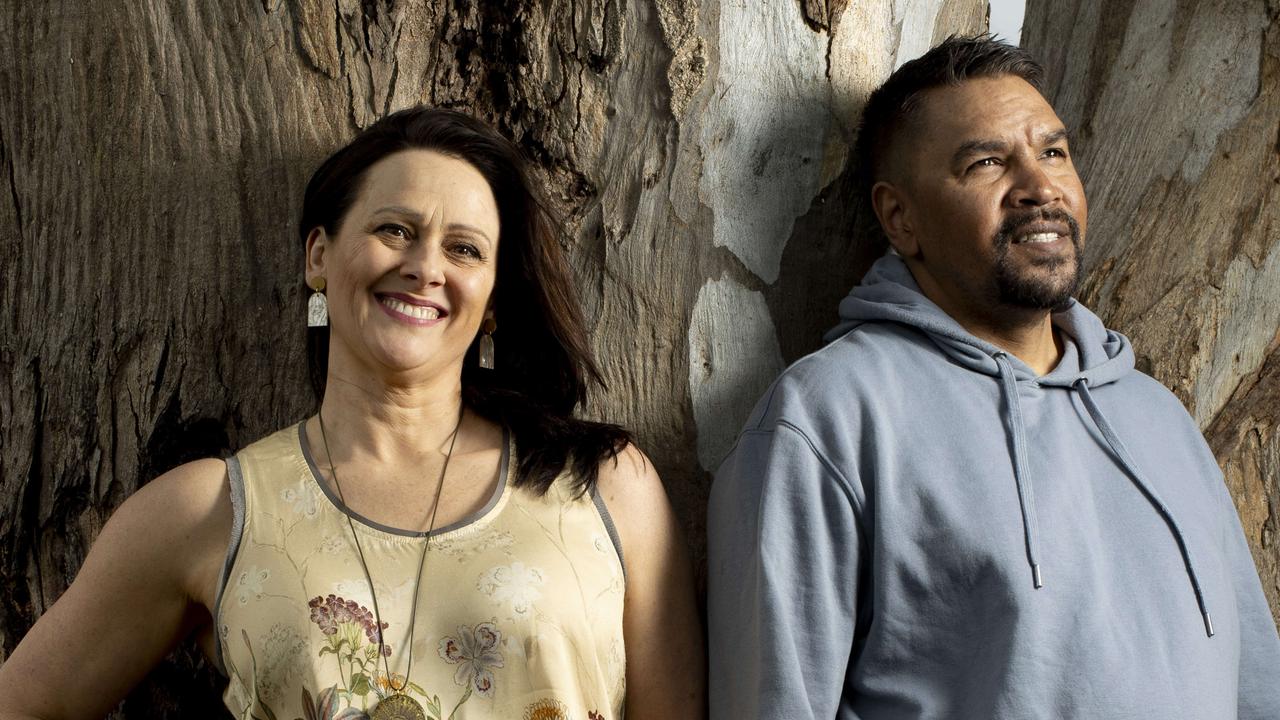
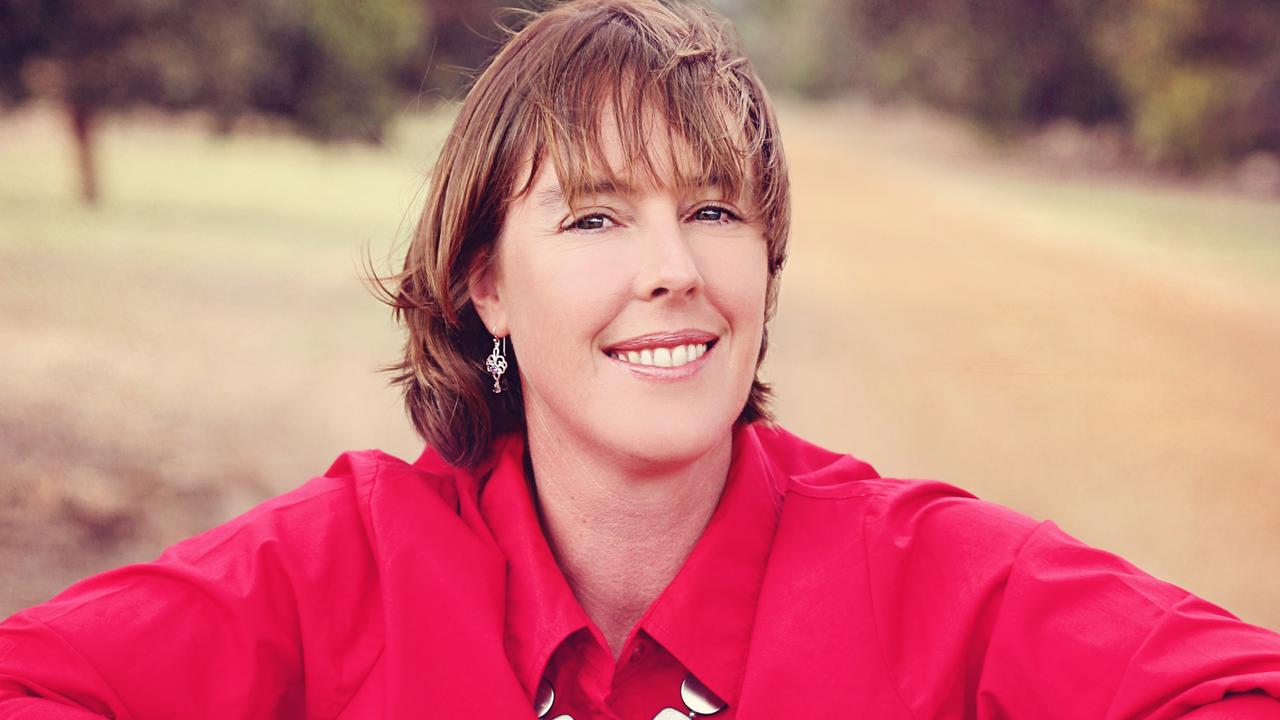
To join the conversation, please log in. Don't have an account? Register
Join the conversation, you are commenting as Logout